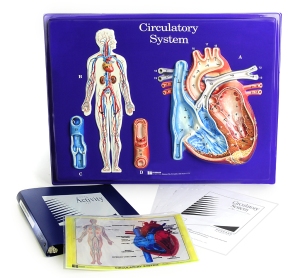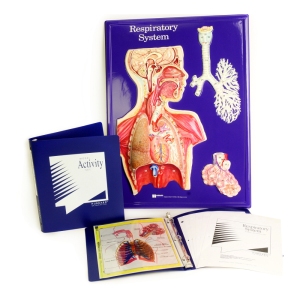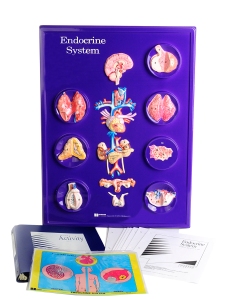Do We Dewar? Yes we Do! Dewar Flasks from SciLogex
In laboratory circumstances there are sometimes liquids (or solids!) that need to be transported and, to be frank, using a beaker or flask is a poor option.
I am talking about liquids like Liquid Nitrogen (−196 °C) , Liquid Oxygen (−182.96 °C), Liquid Argon (−185.84 °C) or Dry Ice (solid CO2 @ −78.5 °C). Putting these liquids into standard glassware is going to a) let them evaporate in a very short period of time and b) possibly damage the container. So what can you do about getting that LN2 from the pressurized container to the experimental station? You need very big thermos, or to use the proper term: a Dewar!
 Dewars work by using insulation to prevent external temperatures from reaching the cooled liquid. Inside any Dewar are two layers of glass, one outside layer and one inside layer. Between the two layers the air has been removed so that only a vacuum remains. Since a vacuum has not matter to heat/cool the temperature exchange between the outside and the inside is minimized.
Dewars work by using insulation to prevent external temperatures from reaching the cooled liquid. Inside any Dewar are two layers of glass, one outside layer and one inside layer. Between the two layers the air has been removed so that only a vacuum remains. Since a vacuum has not matter to heat/cool the temperature exchange between the outside and the inside is minimized.
In addition to this, other features of a Dewar may be employed to reduce evaporation of the liquids: Silvering the glass reduces any reflection of light that can add heat to the system. Narrow mouths are also used on some designs that are just used for transportation to minimize the heat exchange from above the Dewar.
Spectrum has recently added two lines of Dewars from SciLogex. These Dewars are open top models (so that they are usable for more than just transporting and pouring). The first line features a blue metal casings and range in size from 1L to 10L. They have vented lids, employ silvered borosilicate glass, and have wide mouths for insertion. The also have carry handles and the lids have their own handle. The blue metal casing is corrosion resistant (important given the possibility of condensation forming on the flasks.
The second line is similar in features but uses a stainless steel casing.  This model is better suited for environments where hygene is an issue as the stainless steel casing is easier to sanitize and keep clean. The stainless models range in capacity from 1L to 7L and feature the vented lids, handles, silvered borosilicate glass and wide mouth tops.
This model is better suited for environments where hygene is an issue as the stainless steel casing is easier to sanitize and keep clean. The stainless models range in capacity from 1L to 7L and feature the vented lids, handles, silvered borosilicate glass and wide mouth tops.
Both designs can hold Liquid N2 from 38 to 70 hours, depending on the size of the Dewar.
SciLogex Dewars are excellent for any company needing a way to transport or temporarily store LN2 or Dry Ice.
Want to buy Dewars at Spectrum Scientifics?










